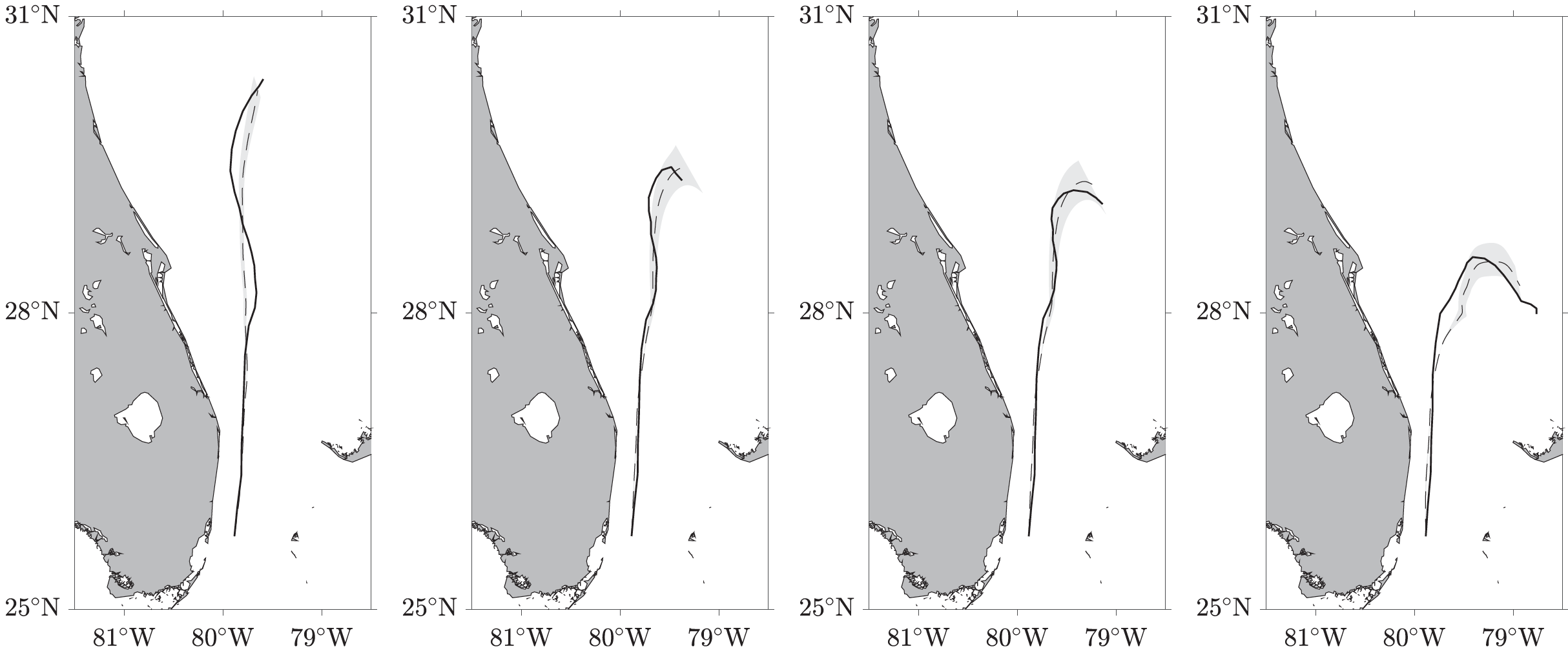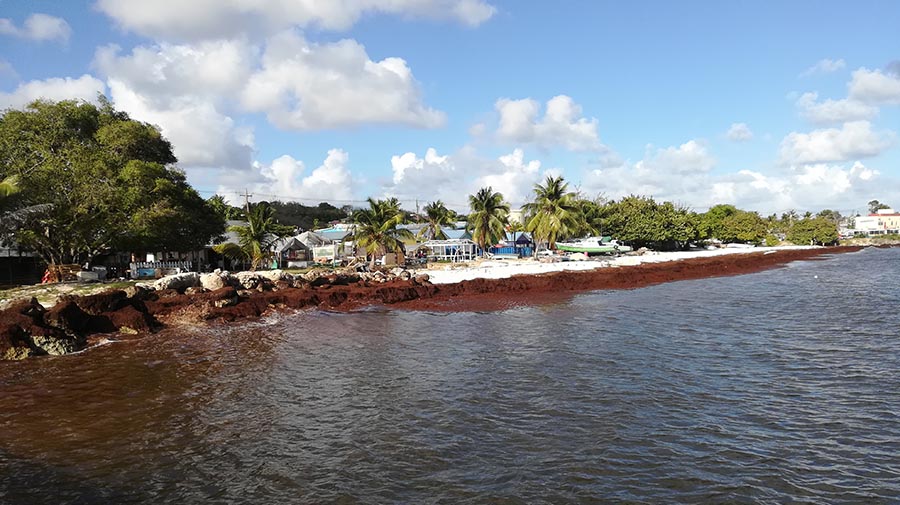In 2019, under the supervision of Prof. M.J. Olascoaga from University of Miami, and R. Lumpkin and G. Goni from NOAA Atlantic Oceanographic and Meteorological Laboratory, a project was designed to better understand the mechanism by which ocean currents and winds control floating debris.
Four types of special drifters were constructed for the experiment. Three of them consisted of a main body made of Styrofoam. These special drifters represented a sphere of radius 12 cm, a cube of about 25 cm side, and a cuboid of approximate dimensions 30 cm × 30 cm × 10 cm. These were submerged below the sea level by roughly 10 cm, 6.5 cm, and 5 cm, respectively. The fourth special drifter, made of plastic, was designed to mimic a macroalgal mat, such as a Sargassum mat. The field experiment consisted in deploying simultaneously those objects of varied sizes, buoyancies, and shapes and was performed on 7 December 2017 at 79.88°W, 25.74°N, off the southeastern Florida Peninsula in the Florida Current, and subsequently tracking them via a satellite.
The objects were released in close vicinity of each other and were subjected to the same external conditions but their trajectories differ dramatically 3 days after deployment. Furthermore, each trajectory cannot be explained by adding a small constant fraction of wind to the ocean current, as it is usually performed in leeway models.
In a recent publication by our group, we developed a Maxey-Riley framework to describe the movement of a particle floating at an unperturbed air–sea interface with unsteady nonuniform winds and ocean currents. The object trajectory can be predicted as a function of ocean currents, winds, and its size, buoyancy and shape. The last figure presents the special drifters (from left to right: mat, cuboid, sphere, and cube) observed trajectories (solid lines) and predicted trajectories (dashed lines). The gray area spanned by Maxey–Riley trajectories represents the range for a ±10% change of the objects' buoyancy.

Link to news article:
EurekaAlert!, UPI
Link to scientific publications:
Building a Maxey–Riley framework for surface ocean inertial particle dynamics
F.J. Beron-Vera, M.J. Olascoaga and P. Miron
Phys. Fluids 31, 096602 (2019)
Observation and quantification of inertial effects on the drift of floating objects at the ocean surface
M.J. Olascoaga, F.J. Beron-Vera, P. Miron, J. Triñanes, N.F. Putman, R. Lumpkin and G.J. Goni
Phys. Fluids 32, 026601 (2020)







